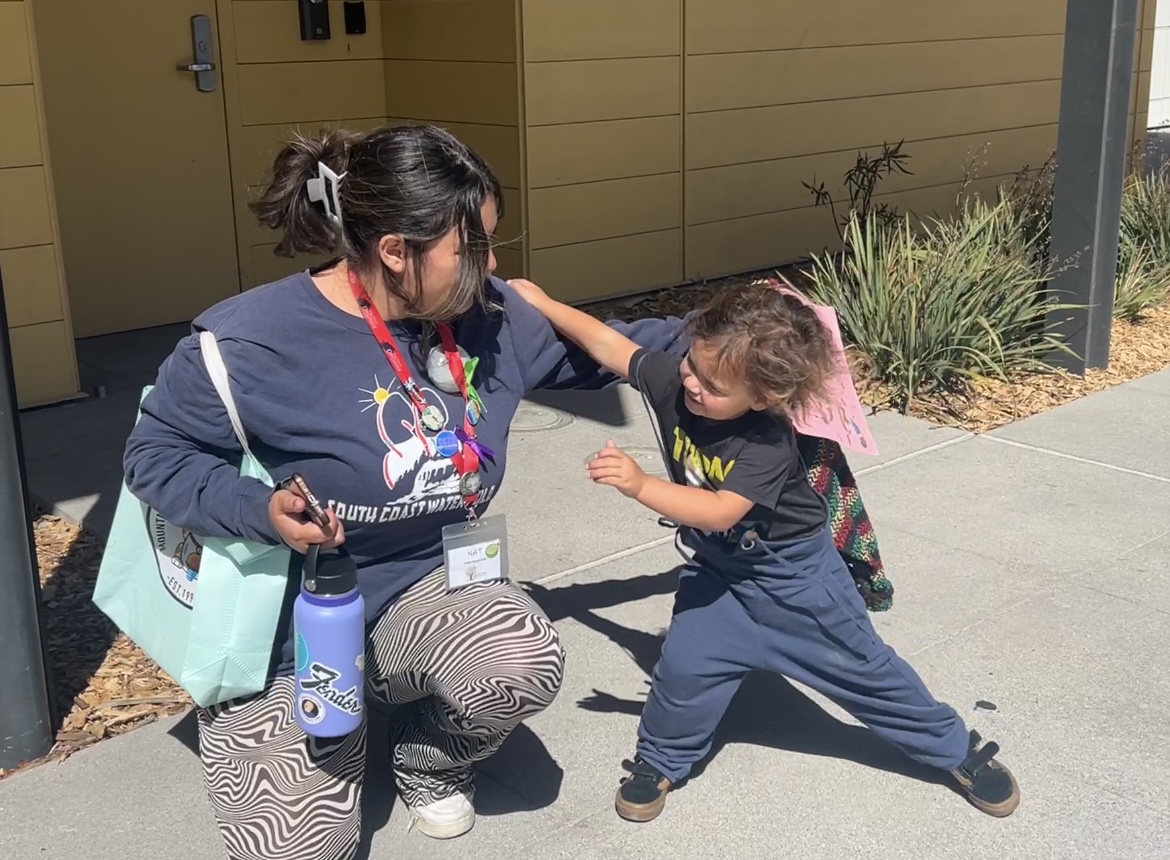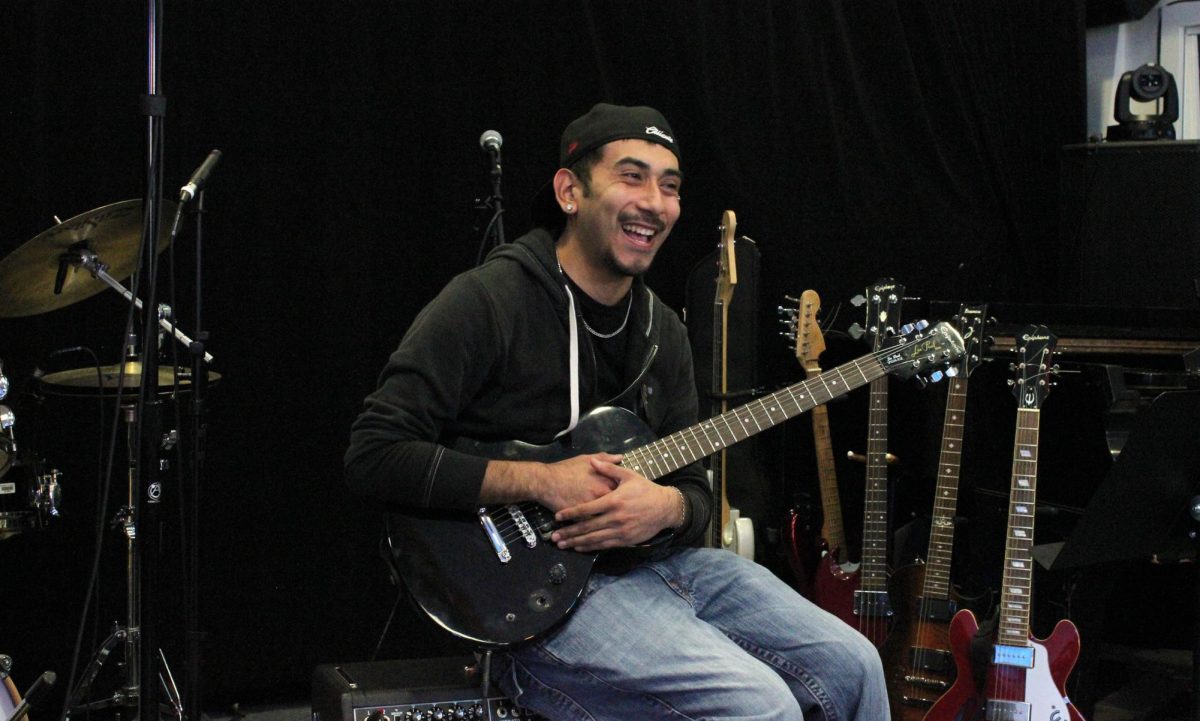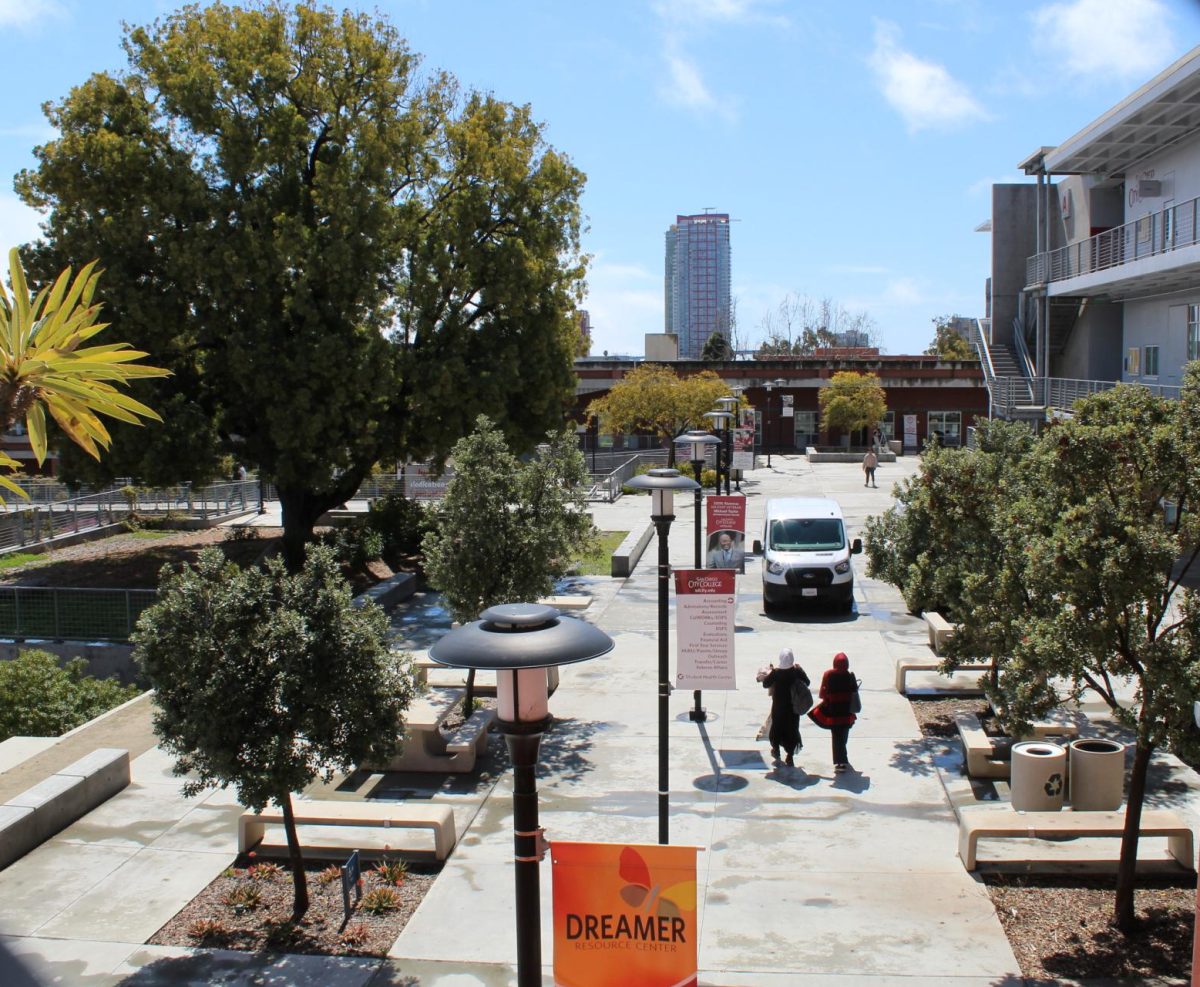Matthew Schneck
Contributor
Jazz aficionados all over San Diego County can welcome a new signal to their radio dials, KSDS Jazz 88.3FM.
San Diego’s only all-jazz-and-blues radio station has invested $100,000 in equipment to boost its broadcast power from 3,000 to 22,000 watts.
“It means that there is better coverage everywhere,” station manager Mark DeBoskey said about the recent changes. “It means a real radio signal.”
Extra watts mean the 22 year old station will now broadcast in North and East County, the South Bay and downtown office buildings.
City College student Chad Giles expressed excitement that Jazz 88.3 can now be heard throughout San Diego.
“I always stick around the downtown area to do my homework because the jazz music helps me relax,” Giles said. “When I was up in Temecula visiting family and was flipping through my favorites, I was pleasantly surprised to hear 88.3 flowing from my speakers.”
Boosting the award winning non-profit station’s signal strength did not prove easy, however. Stuck in a cross-border dispute with Mexican TV station XETV/Channel 6, KSDS could not manage to get approval from the Federal Communications Commission.
Channel 6 broadcasts in English from Mexico and has spent years trying to stop KSDS plans of increasing signal strength.
KSDS stronger signal can potentially interfere with the Channel 6 signal disrupting TV reception for people who live around the radio station’s transmitter at Mesa College.
Through an idiosyncrasy in the radio waves, Channel 6 broadcasts at 87.9 FM. KSDS stronger signal at 88.3 FM could potentially bleed over.
According to Channel 6 operations director Bob Anderson, in an interview with the San Diego Union-Tribune, under FCC law U.S. and Mexican radio stations are protected from each other.
“People who live near the transmitter could see varying types of interference, from snow on the screen to the faint sound of jazz music creeping into Channel 6’s audio,” Anderson told the Union-Tribune.
The FCC approval finally came for KSDS with thanks to pressure from local Rep. Darrell Issa (R-Vista), and a 13-year application process.
Manager DeBoskey said the stronger signal would attract, “a whole universe of people who are jazz fans all over San Diego, and good American music fans who haven’t been able to listen to the station, who are not turned on to the radio station.”
A bigger fan base would boost donations to KSDS, which relies heavily on funding from listeners. Continuous donations guarantee the survival of the radio station even during difficult financial times.
KSDS has been broadcasting from the downtown campus of San Diego City College 24 hours a day since 1951 and in 1985 became San Diego’s only jazz station.
In 1992 KSDS was nominated Jazz Station of the Year by The Gavin Report, an industry trade publication and in 1993, was named Jazz Station of the Year by the National Association of Broadcasters, receiving the prestigious Marconi Award.
Numerous nominations and awards have followed, including Finalist nominations for Jazz Station of the Year in both 2004 and 2005.
The 13-year struggle for more watts signals a new beginning for an old friend and a bright future for City College.








